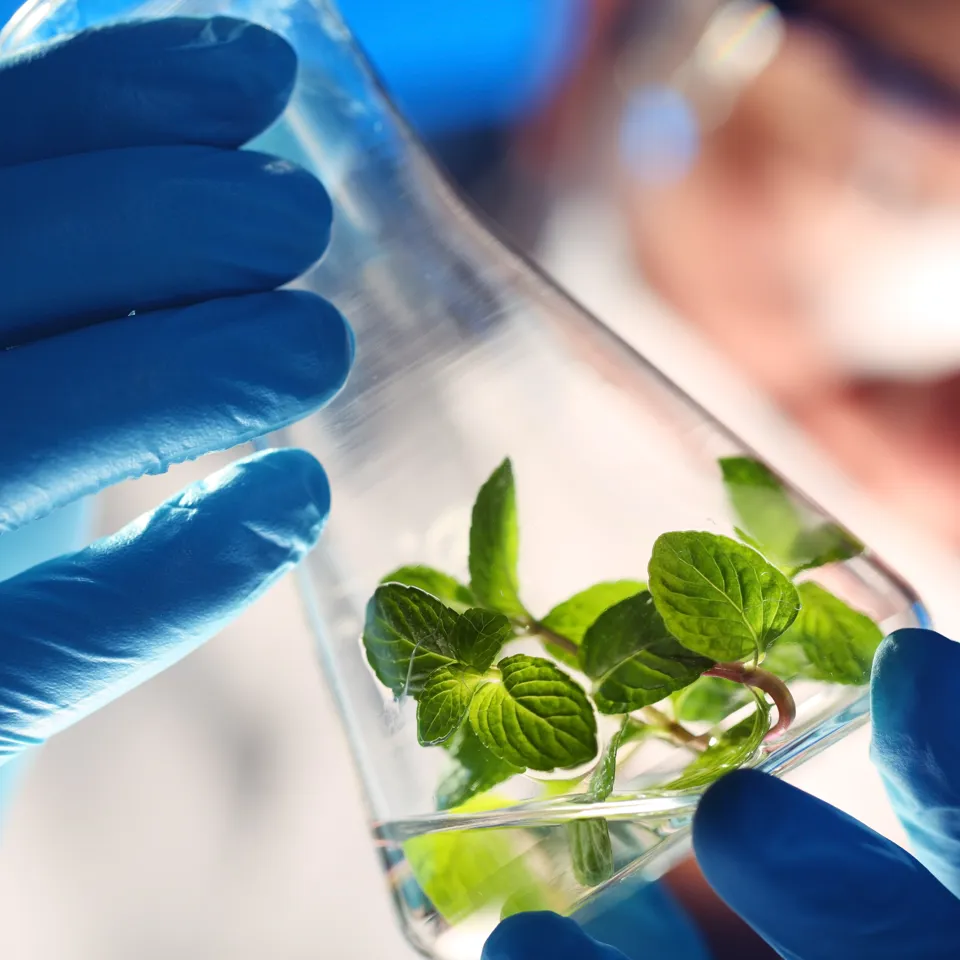Environmental Chemistry and Toxicology

Advancing environmental chemistry and toxicology for a safer, sustainable future
The Environmental Chemistry and Toxicology team at Ricardo is at the forefront of understanding how chemicals interact with the environment and assessing their toxic effects on organisms and ecosystems using traditional and innovative approaches. By combining our knowledge of environmental chemistry, fate, and (eco)toxicology, our highly motivated team investigates the intricate composition and behaviour of substances in the environment. To this end, we deliver insights that drive impactful solutions and develop strategies to mitigate risks.
Our team combines scientific excellence with a deep commitment to innovation and sustainability. From conducting monitoring campaigns and assessing the Persistent, Bioaccumulative, and Toxic (PBT) and Persistent, Mobile, and Toxic (PMT) properties of chemicals, to undertaking regulatory risk assessments, we uncover how chemicals move and transform in the environment, assess their potential hazard properties and effects on ecosystems, and develop strategies to mitigate risks. By combining scientific excellence with a deep understanding of the regulatory and policy contexts, we provide expert advice and guide companies and authorities who must navigate complex regulatory processes to make sure the science supports appropriate regulatory decisions regarding the chemicals they use.
What we do
- PBT/vPvB and PMT/vPvM assessment
- Environmental Exposure assessment
- Environmental Risk assessment
- Environmental hazard CLP classification
- Assessments under REACH, Biocidal Products Regulation (BPR), Classification, labelling and packaging (CLP), Cosmetic Product Regulation (CPR), and OSPAR
- Data gap analysis, read-across, grouping, non-test data, QSARs, letters of access as a first step to minimise testing
- (Bio)degradation, bioaccumulation, partitioning, and ecotoxicity studies across the freshwater, marine, terrestrial, and sediment environment under GLP
- Helping to optimise and develop novel methods for substances with properties or compositions that are difficult to test (e.g. polymers, UVCBs)
- Technical equivalence assessment for biocides or plant protection products
- Improvement and development of OECD guidelines and regulatory assessment
- Retrospective risk assessments including risk modelling
- Monitoring campaigns for chemicals in freshwater, drinking water, and treatment plants
- Development of novel tools, such as the Persistence Assessment Tool (PAT)
- Support and guidance including RSS and IUCLID
- Contact with regulatory authorities (e.g. ECHA, MS, EC, and HSE)
- Preparation for waivers/read-across and alternative approaches e.g., in silico and in vitro investigations for different regulatory schemes (e.g. REACH, CLP, BPR, Cosmetics, Water Framework Directive)
- Preparation, support, and submission of Chemical Safety Reports and PBT assessment (REACH), Harmonised Classification (CLP), Competent Authority Reports (BPR), and HOCNF (OSPAR)






















